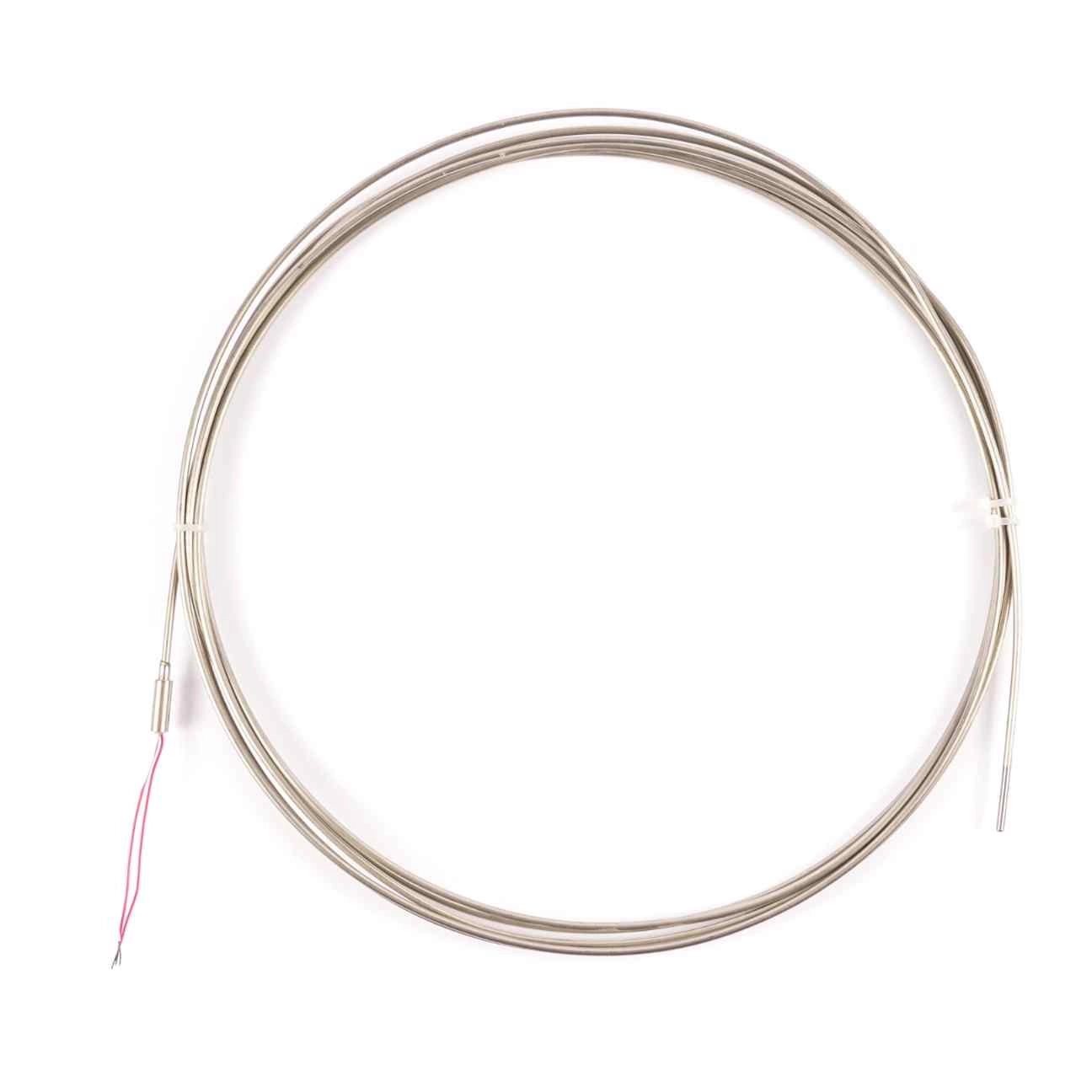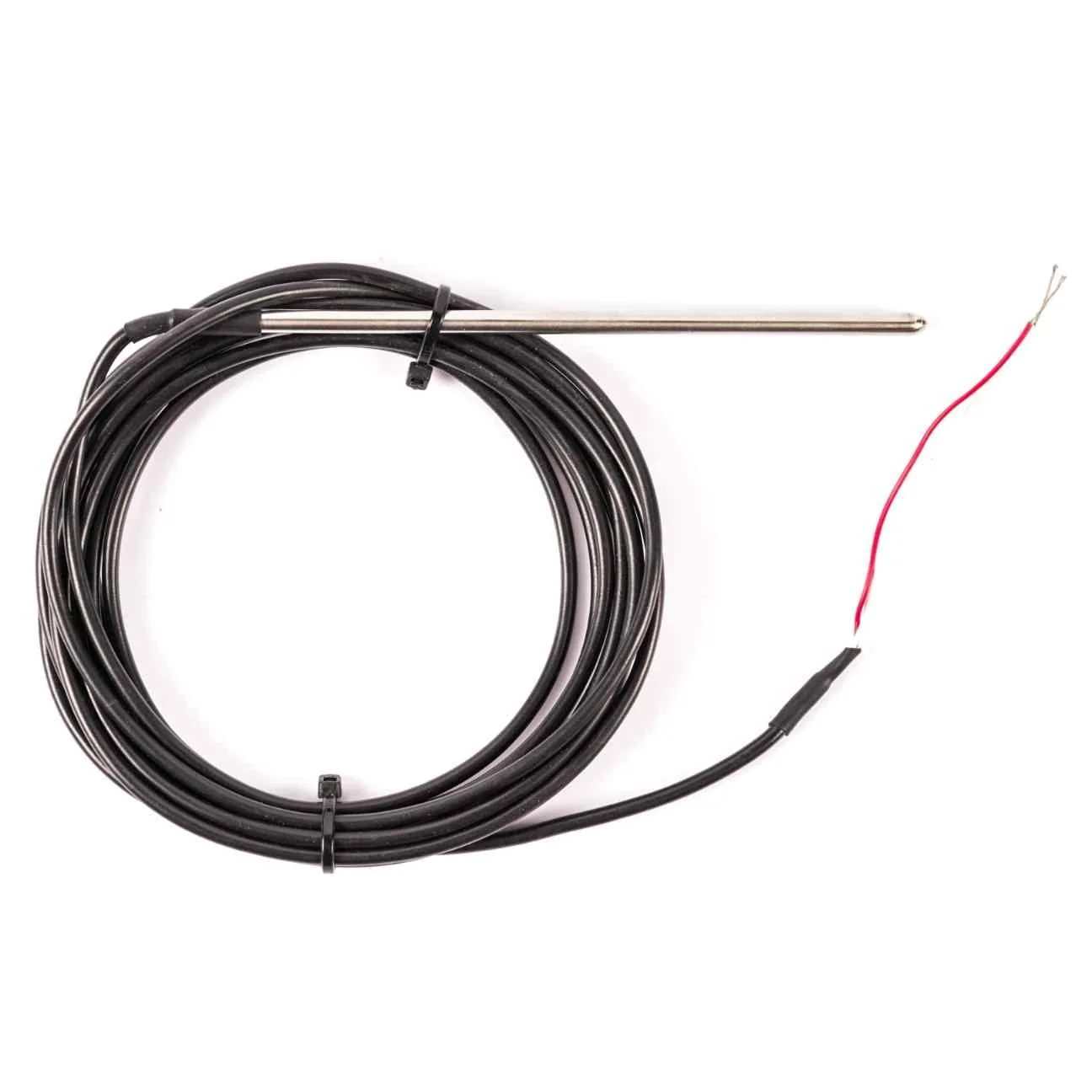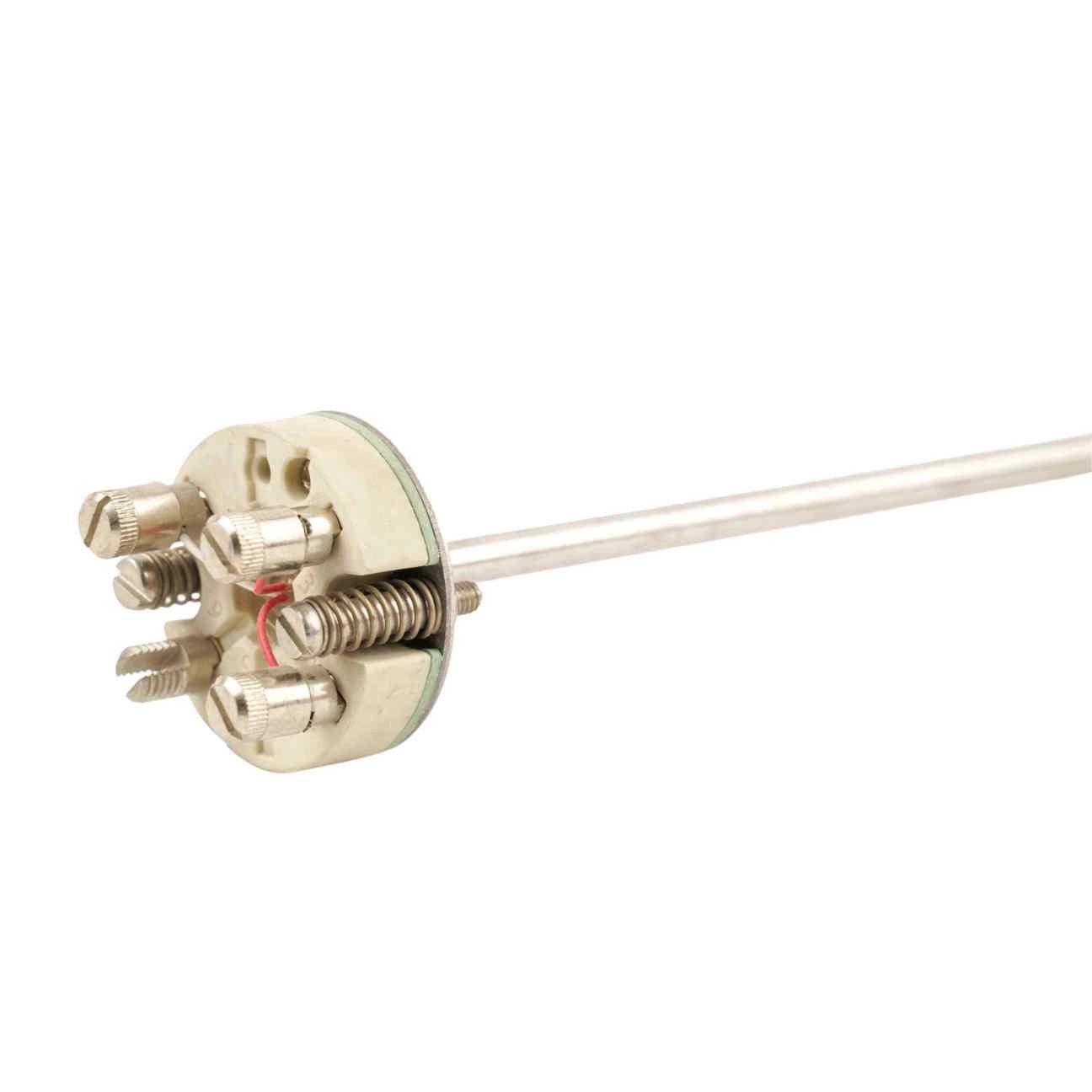What Is A Platinum Resistance Thermometer (PRT)?
TL;DR — Quick Summary
A Platinum Resistance Thermometer (PRT) is a temperature sensor that measures temperature by detecting changes in the electrical resistance of platinum. It is a highly accurate and stable type of resistance thermometer, often used interchangeably with the term RTD, though RTDs may use other metals. PRTs typically operate from -200°C to 600°C and are widely used in industrial, scientific, and medical applications.
PRT Meaning
PRT stands for Platinum Resistance Thermometer. It is a type of temperature sensor made from platinum, which utilises the well-defined relationship between the resistance of platinum and temperature to measure temperature accurately. The term PRT is often used synonymously with resistance thermometer.

What Is a Resistance Thermometer?
A resistance thermometer is a sensor that measures temperature by detecting changes in electrical resistance of a metal as temperature varies. Platinum is the most common metal used because of its excellent stability and repeatability.
PRT vs RTD — What’s the Difference?
| Aspect | PRT (Platinum Resistance Thermometer) | RTD (Resistance Temperature Detector) |
|---|---|---|
| Material | Platinum only | Platinum, nickel, copper, or other metals |
| Accuracy | Very high, excellent stability | Varies; platinum RTDs are the most accurate |
| Temperature Range | Typically -200°C to 600°C (up to 1000°C in specialised types) | Depends on material: platinum similar to PRT; nickel up to 300°C; copper up to 150°C |
Why Use a PRT?
- Exceptional accuracy and long-term stability
- Wide operational temperature range
- Excellent repeatability
- Complies with international standards (IEC 60751)
Frequently Asked Questions (FAQ)
What does PRT stand for?
Platinum Resistance Thermometer.
How does a PRT measure temperature?
By measuring the change in electrical resistance of platinum as temperature changes.
Is a PRT the same as an RTD?
PRT is a specific type of RTD made exclusively from platinum. RTDs may also use other metals.
What temperature range do PRTs cover?
Usually -200°C to 600°C, with specialised versions going up to 1000°C.
Why is platinum preferred in PRTs?
Because of its stable and repeatable resistance-temperature relationship, and its resistance to corrosion.
View Our Resistance Thermometers
If you want to order a temperature sensor or you are unsure exactly what you need, get in touch and we can help you.




